An avid traveler and researcher, Anindita strayed from the beaten track. She decided to forgo Chittorgarh and instead chose to visit Eklinji and Nagda. Here’s a report on the choices of a connoisseur traveler, as a part of the World Heritage Day special feature of Different Truths.
There is always a much desired ‘bucket list’, and then between that bucket of desirous things to see-choose-pick and us, lie that chasm of entangled bewilderment affectionately termed as confusion of the mind. And when it comes to opulence and largesse of things to see in the princely state of Rajasthan, India, mere mortals like me are always stuck with a predicament: an indulgence in timeless heritage and time being the key conspirator. Even the most skilled juggler will be stupefied by the sheer number of forts that take the upper echelons of one’s palette, with many not so unabashedly marketed sights left behind to languish in their stupor.
Our decision to visit Eklinji and the Sahastra Bahu temples of Nagda, a short distance from Udaipur, was born out of a desire to give the ramparts of Chittorgarh a royal miss, and in turn, see some of the lesser known ruins left rather un-affectionately in a state of lonesome solitude. Leaving the famed and rather sparse Saheliyon ki Bari and the walls of the Udaipur city palace, my mind heaved a sigh of exhilarated relief that the touristy trail is finally over. I did not find much history of the ‘Sas Bahu’ temple (how the “h” was dropped from Sahastra Bahu to become a reflection of the modern celestial relationship, will never be discovered), though upon reaching the site, I was more than pleasantly surprised.
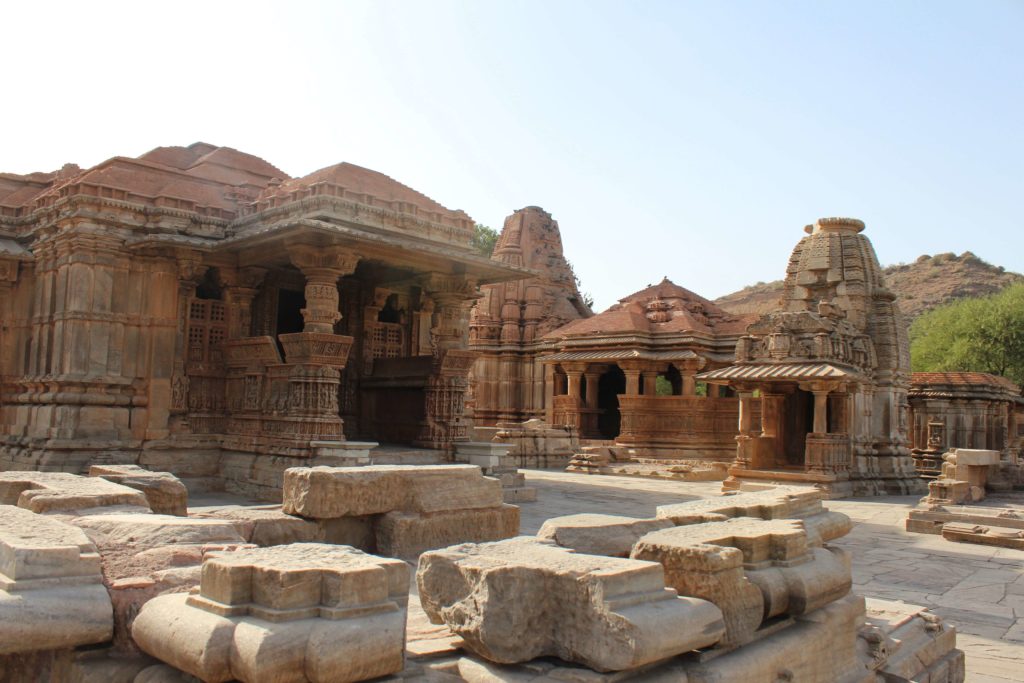
Away from the spying and prying eyes of cacophonic million, lay the captivating ruins of the temple complex. The exterior is plain save for seated icons of Brahma, Siva and Vishnu surmounted respectively by Rama, Balarama and Parasurama. The exquisitely carved relief figures include deities and damsels, amorous panels and scenes from the mythologies. Among the remaining shrines, the one on the north-east is intact with its beautiful stone spire. The niches on the walls shelter images of Brahma, Siva and Vishnu on the east, north and west faces respectively. Perhaps assignable to the last quarter of the tenth century A.D, this temple complex is such an inextricable part of our archeological heritage, yet lies mostly unheard of, untold, almost hushed up with no one to even recount the tales of their unique heritage. In my mind, this treasure ought to feature on more itineraries giving the acclaimed Udaipur sights a day perhaps.
Our next stop was Eklinji that houses temples chiseled out of sandstone and marble dedicated to Lord Shiva. The temple was largely scaffolded for maintenance, depriving us somewhat of the pleasure of viewing. As the fury of the sun dimmed, we made our way through the village of Delwara to the Devigarh Fort Hotel, an imposing 18th century palace, nestled amidst the Aravalli ranges. The construction of the fort palace started only in the 1760s, under Raghudev Singh II, with further additions being made to the structure, by the rulers, who followed suit. There cannot be a better view, in rapt silence to watch the sun go down the majestic Aravallis from the minimalistic but very elegant sun deck of the fort hotel, followed by a dinner washed in moonlight at the rooftop restaurant.
Another new day to live, savour, laugh and cry about and life has only just begun.
Picture by the author.
- Other stories of this theme:
- http://139.59.80.127/history-culture/architecture-monuments/enigmatic-rome-majestic-capitolini-and-colosseum/
- http://139.59.80.127/history-culture/architecture-monuments/allahabad-fort-from-the-grandeur-of-akbar-to-the-tyranny-of-raj/
- http://139.59.80.127/history-culture/architecture-monuments/mahabalipuram-chariots-of-stone/
- http://139.59.80.127/editors-picks/machu-picchu-revisiting-the-wonders-of-the-lost-incan-city/

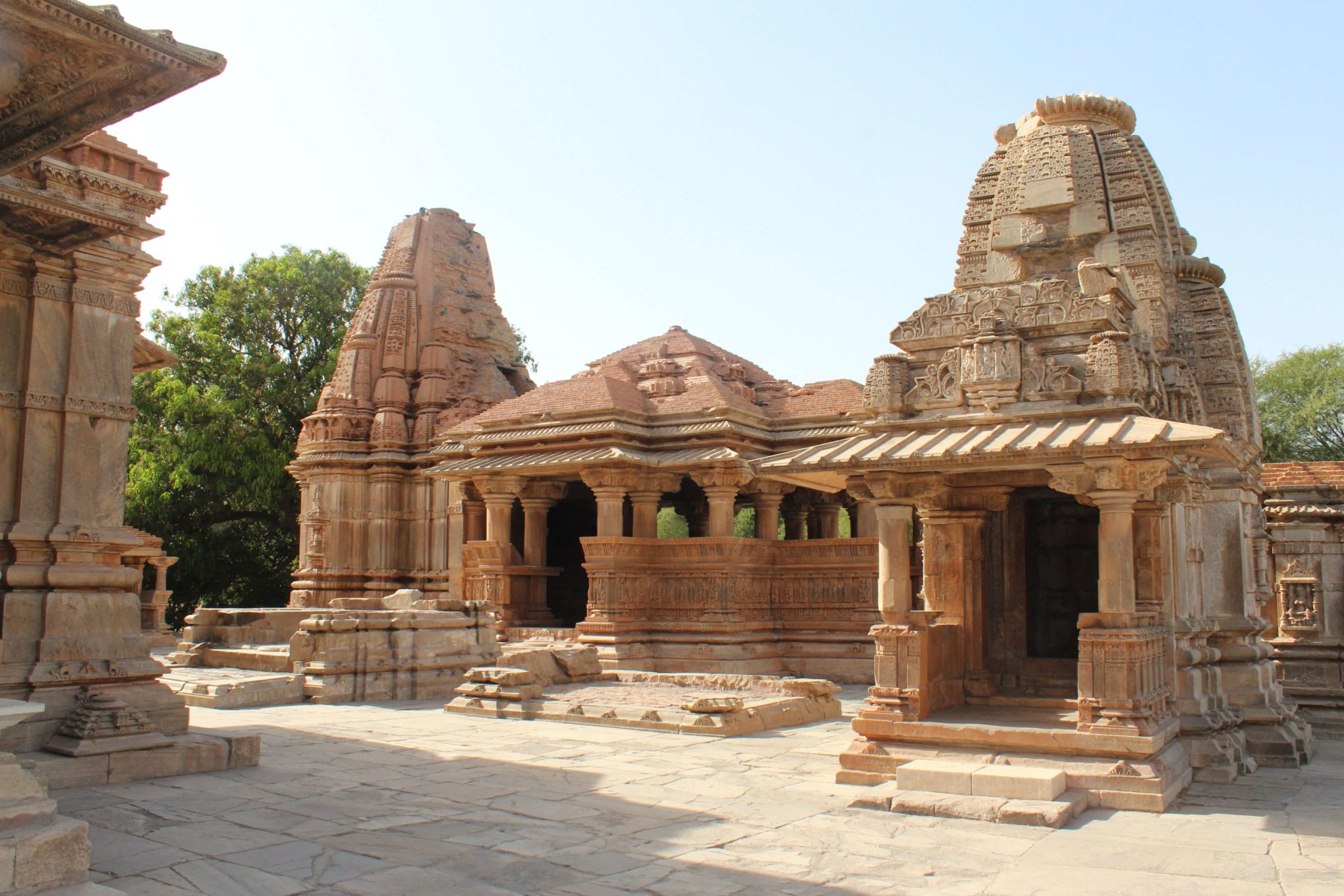


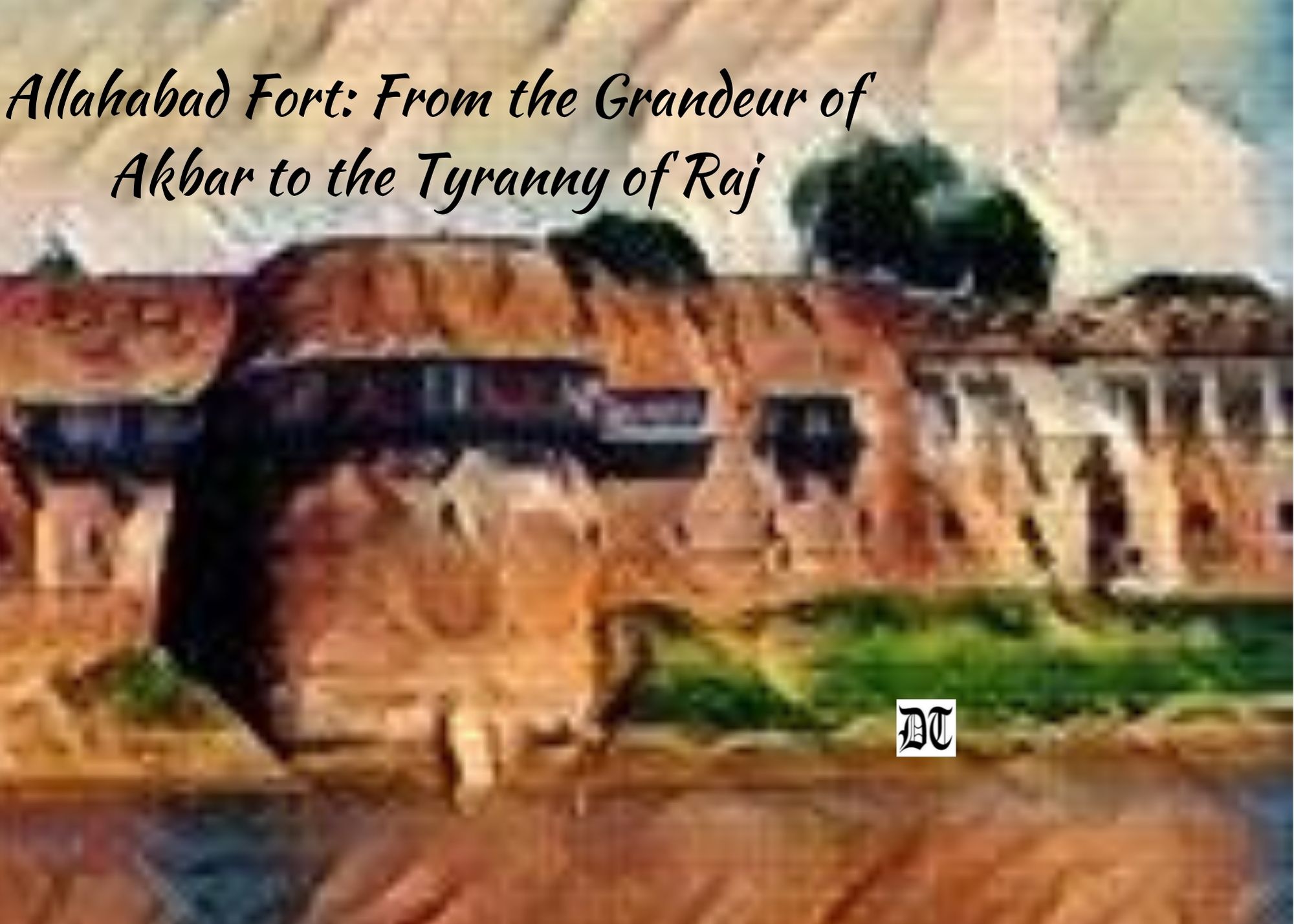
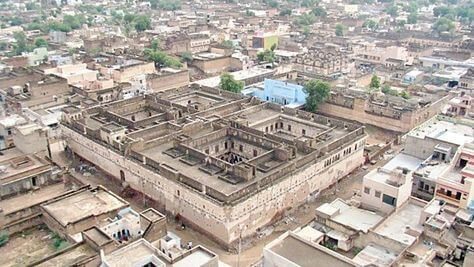
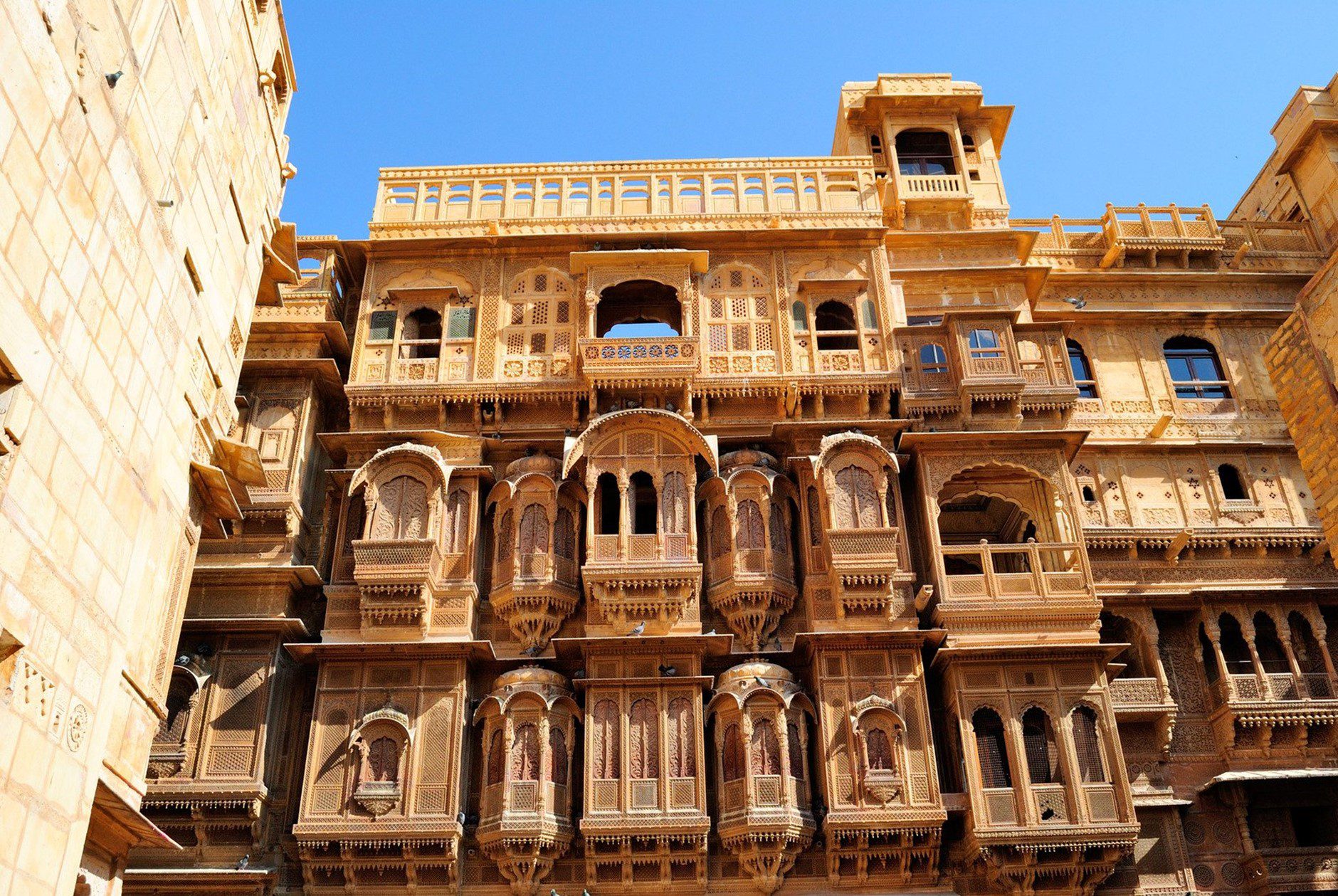
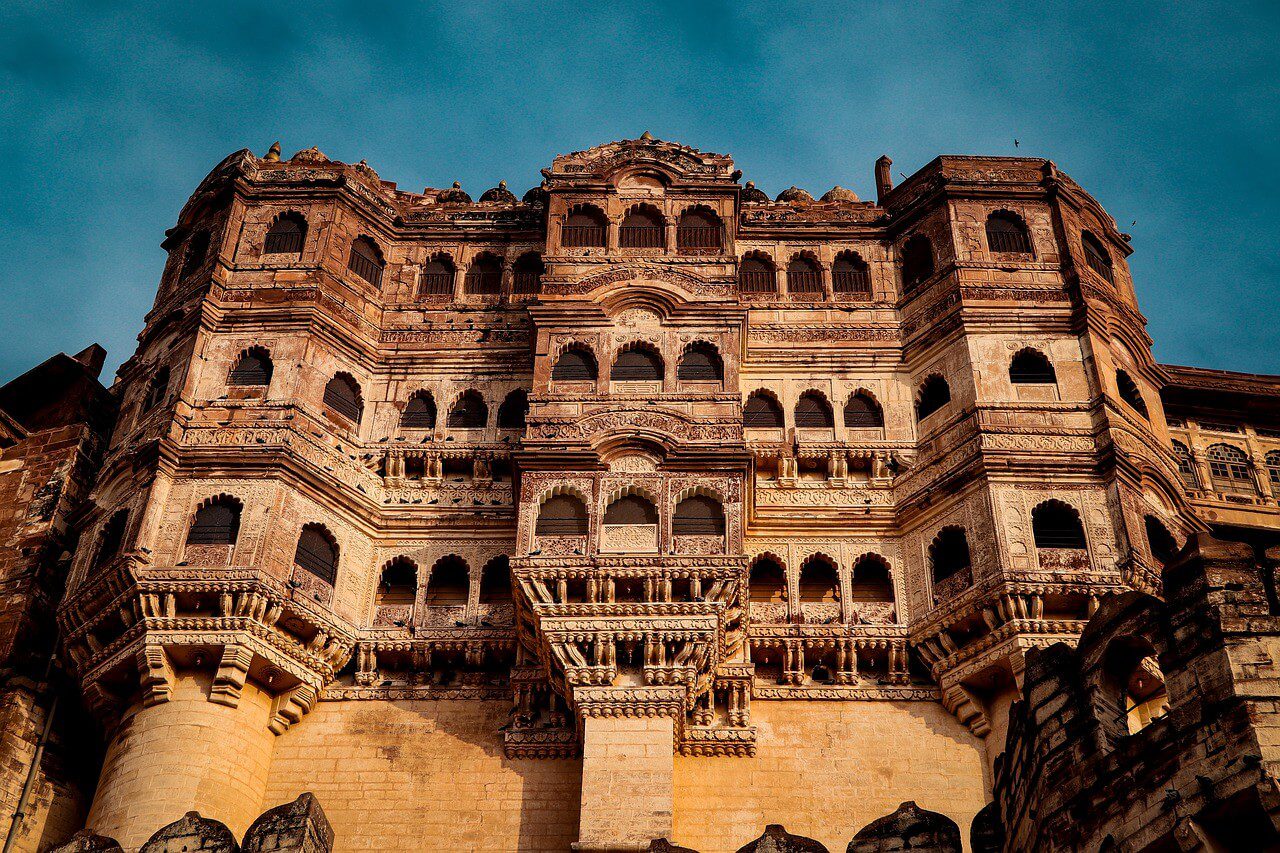
Informative and enriching.